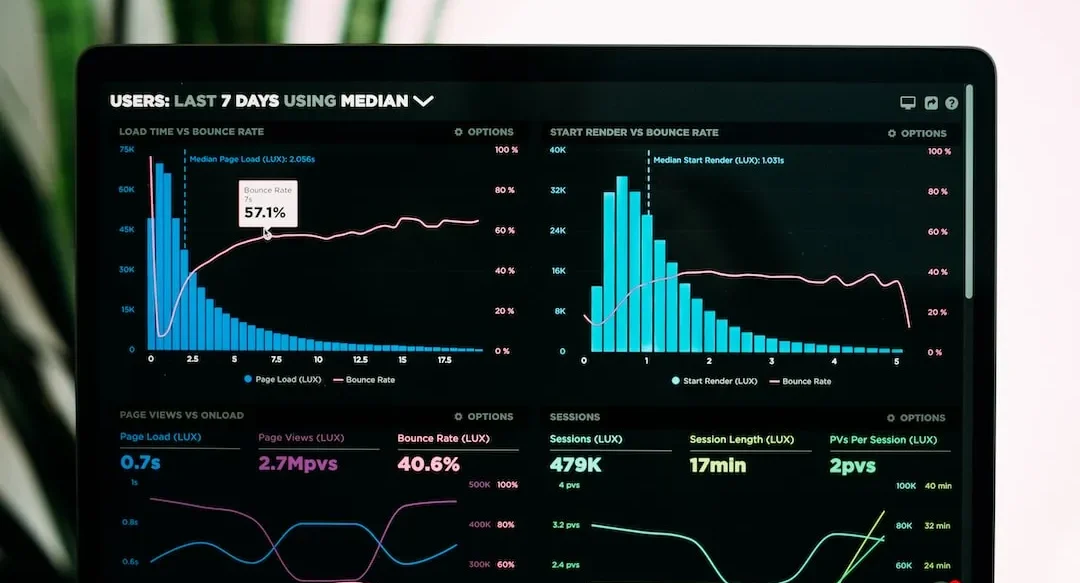- November 30, 2023
- Posted by: Featured
- Categories: Blog, Expert Roundups

Trusting the Numbers: 5 Insights On Validating Market Research
To help you ensure the integrity of your market research findings, we’ve gathered five expert insights from founders and Digital Marketing Managers. From the importance of triangulation to cross-check for data validation to the need to inspect respondent recruiting for accuracy, these industry leaders share their top quality control measures and validation techniques.
- Use Triangulation to Cross-Check for Data Validation
- Understand Sampling Techniques and Test-Learn
- Hire Third-Party Firms for Data Cleaning
- Ensure Trustworthiness Through Peer Review
- Inspect Respondent Recruiting for Accuracy
Use Triangulation to Cross-Check for Data Validation
To validate the accuracy and reliability of our market research data, we’ve got this dynamite technique called “triangulation.” It’s like cross-checking your facts by using different sources, methods, and even theories to ensure the story’s straight.
We hit the data from all angles—conduct surveys, interviews, check out what the competitors are up to, and analyze digital behavior patterns. If all these sources are singing the same tune, we know we’re on track. But hey, we also keep it real by remembering that data’s only as good as the sample. So, we make sure our sample size is legit and represents our market, because talking to just a handful of people will not cut it.
And let’s not forget about those feedback loops. After rolling out a campaign or strategy based on our research, we measure the outcomes and bounce them back against our predictions. If something’s off-key, we dive back in to figure out why and adjust our instruments accordingly.
 Michael Hammelburger
Michael Hammelburger
Founder, Sales Therapy
Understand Sampling Techniques and Test-Learn
A key way to validate the accuracy and reliability of market-research data is through understanding the sampling techniques and making sure they are representative of the segment population. Often, you can cross-reference against Census data or other local population data to make sure the sample size is realistic.
Because Pinnacle creates and shepherds a lot of marketing and advertising programming for a gamut of clients, we often take a test-and-learn approach. For instance, Scarborough data might show a low assurance on population size, so we build out low-fidelity messaging and creative to test the data direction. Then, based on in-market results, we go to high-fidelity production and scale the marketing/advertising program once validated.
 Amy Cantwell
Amy Cantwell
Vice President of Media Strategy and Owned Media, Pinnacle Advertising
Hire Third-Party Firms for Data Cleaning
Market research data must be accurate to be effective. It’s important to hire a third-party research firm to complete the research. Doing market research on your own is possible, but it may become muddy due to lack of knowledge and resources.
A firm that understands the research process will be able to navigate the data reliably. Quality control measures conducted by a research team include data cleaning. After the research process is finished, the researchers will carefully go through the data to make sure there are no glitches that could taint the final product. This includes reviewing responses, skip patterns, among other important measures.
 Lark Allen
Lark Allen
Content Marketing Specialist, Drive Research
Ensure Trustworthiness Through Peer Review
As a researcher, a quality control technique I use is peer review. It ensures that my findings are trustworthy. In peer review, I share my research with other experts who provide feedback and suggestions to identify possible errors. It ensures that my findings are authentic.
Recently, I conducted market research to determine the factors involved in affecting customer satisfaction with new products. I surveyed multiple customers and collected data to analyze the factors correlated with customer satisfaction. To ensure the validity of my findings, I shared them with customer satisfaction experts. They provided valuable feedback that helped me refine my research and ensure its reliability.
 Fahad Khan
Fahad Khan
Digital Marketing Manager, Ubuy India
Inspect Respondent Recruiting for Accuracy
Ensure you’re hearing only from the voices that matter by doing a thorough inspection of the respondent recruiting and targeting process. If you’re conducting the research, sketch out a specific “ideal participant profile” that aligns with your research objectives, and strictly stay within those targets even if respondent recruiting gets challenging, which often happens.
If needed, consider extending the recruiting process, or working with new partners to reach more targeted respondents. Apply multiple vetting stages, such as pre-qualification surveys or brief screening calls, to make sure your pool of respondents is top-notch.
On the flip side, if you’re evaluating research data published by others, dig deep into the respondent breakdown, which should be included in the reports. Don’t settle for surface-level metrics like age or location. Instead, scrutinize nuanced factors like management levels, job titles, and their relevance to the research topic.
 Wisia Neo
Wisia Neo
Content Marketing Manager, ViB
Submit Your Answer
Would you like to submit an alternate answer to the question, “How do you validate the accuracy and reliability of market research data? Share a quality control measure or validation technique you use to ensure the integrity of your research findings.”
